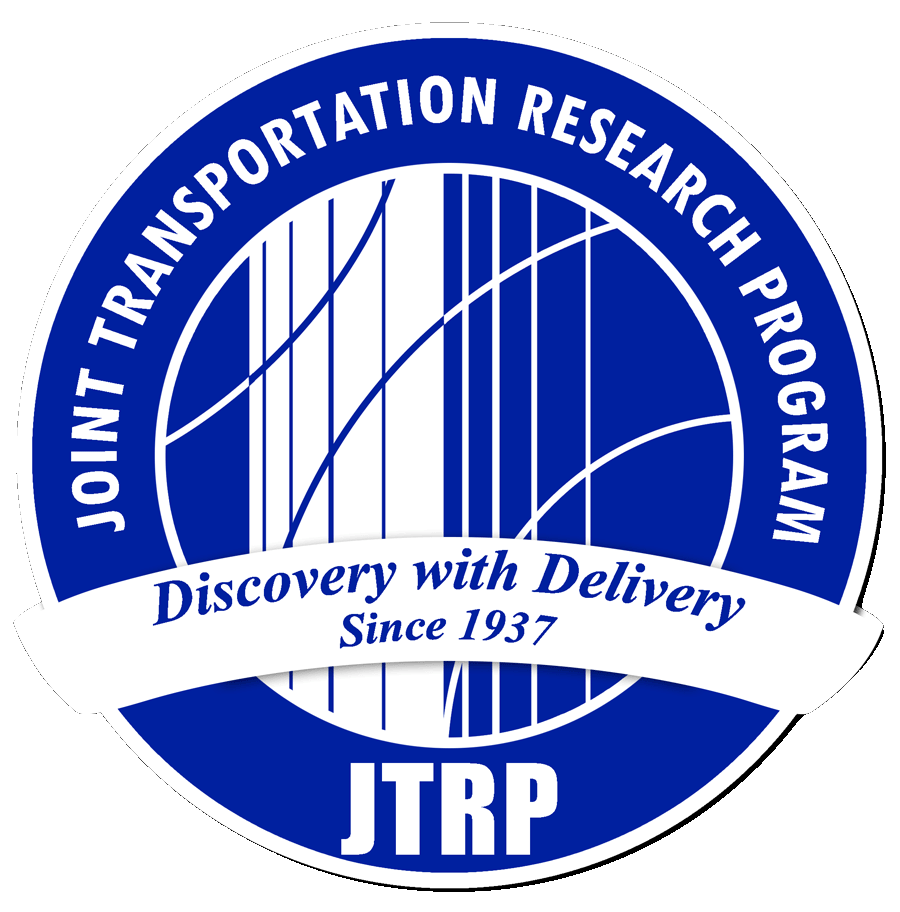Abstract
A new method is developed for measuring in-place density and moisture content of soil using the technique of Time Domain Reflectometry (TDR). The method is applicable for construction control of earthworks. The method is extended for measuring moisture content of soil in the laboratory and in the field for various other geotechnical purposes. Laboratory uses include measuring moisture content of soil in compaction molds; field uses include measuring moisture content of soil in Shelby tubes and soil retrieved during drilling and sampling operations. In the course of achieving these goals, this study develops the principles of TDR probe design, test methodology, and relationships of TDR measured dielectric constant with density and moisture content of soil. TDR was originally developed to locate faults in cables and transmission lines. For the last 20 years, it has also been used (mostly in soil science) to measure the volumetric moisture content of soil by using its capability of measuring density of soil and extends the use of TDR for measuring moisture content of soil for various geotechnical purposes. In order to achieve these goals, this work develops various transmission lines/ probes and devices. It develops coaxial transmission line (CTL) probes, composed of coaxial apparatus (CA) and cylindrical cells (CC). It develops multiple rod probes (MRP) which extend the capabilities of existing multiple rod probes. Analytical and experimental investigations are made to design different parameters of the probes. Investigations are carried out to study the effect of probe rod installation on measurements and experimental methods. Experiments are conducted to develop calibration equations to relate dielectric constant with moisture content and density of soil. The work describes how the TDR method can be used to measure in-situ density and moisture content of soil. The procedure makes use of the designed probes and devices. The concept behind measuring both in-situ density and moisture content is that with a MRP and the TDR instrument, the dielectric constant is measured in-situ. A sample of soil in-situ is then quickly placed in a cylindrical cell (CC) with the assumption that moisture content does not change. In the CC, the soil density and dielectric constant is measured, the former with an electronic balance and the latter with an appropriate coaxial apparatus (CA) and the TDR instrument. With the dielectric constant and density, the moisture content of the soil in the CC is determined by use of known and developed relationships. Again, with the dielectric constant and the density of the soil in the CC and the dielectric constant of the soil in-situ, and with the assumption that the moisture content of soil in-situ is identical to the moisture content of the soil in the CC, it is possible to calculate the in-situ density by use of developed relationships. Significant testing of the procedures on a variety of soil types, along with comparisons with other measures of density and oven dry moisture content indicates that this new method is quick, safe and sufficiently accurate for measuring in place density and moisture content of soil. The use of the methods and the devices (CTL and MRP) are extended to measure moisture content of soil for various other geotechnical purposes. Laboratory compaction mold and Shelby tubes serve as CCs where density are measured using conventional methods and moisture content are measured using CAs and MRPs. A specially designed coaxial transmission line (CTL) can measure moisture content of a soil sample retrieved during drilling operations. Experimental results show that these methods provide accurate measurement of moisture content of soils.
Keywords
soils, moisture content, density, field compaction control, laboratory compaction tests, field sampling, time domain reflectometry, dielectric constant, coaxial probes, multiple-rod probes, HPR-2094
Report Number
FHWA/IN/JHRP-95/09
SPR Number
2094
Performing Organization
Joint Highway Research Project
Publisher Place
West Lafayette, IN
Date of Version
1995
DOI
10.5703/1288284313342
Recommended Citation
Siddiqui, S. I., and V. P. Drnevich. Use of Time Domain Reflectometry for Determination of Water Content an Density of Soil. Publication FHWA/IN/JHRP-95/09. Joint Highway Research Project, Indiana Department of Transportation and Purdue University, West Lafayette, Indiana, 1995. https://doi.org/10.5703/1288284313342Project Number
HPR 2094
File Number
6-6-18


